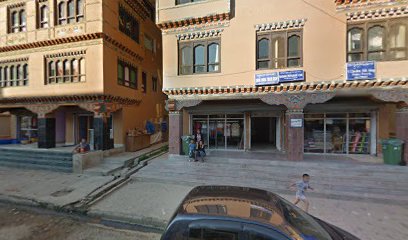
The Majestic Punakha Dzong: A Testament to Bhutanese Heritage
Discover the breathtaking beauty and rich history of Punakha Dzong, a stunning fortress and monastery in the heart of Bhutan.
Punakha Dzong is a stunning architectural marvel nestled at the confluence of two rivers in Bhutan. This historical fortress is renowned for its intricate woodwork, vibrant murals, and serene gardens, making it a must-visit destination for travelers seeking to immerse themselves in Bhutanese culture and history. As the former capital of Bhutan, this dzong offers visitors a glimpse into the country's spiritual and political past, surrounded by breathtaking natural beauty.
A brief summary to Punakha Dzong སྤུ་ན་ཁ་རྫོང་།
- HVJ7+V6Q, BT
- +97517920545
- Visit website
- Monday 9 am-5 pm
- Tuesday 9 am-5 pm
- Wednesday 9 am-5 pm
- Thursday 9 am-5 pm
- Friday 9 am-5 pm
- Saturday 9 am-5 pm
Local tips
- Visit early in the morning to enjoy a quieter experience and capture beautiful photographs.
- Dress modestly, covering shoulders and knees, to respect the sacred nature of the site.
- Consider joining a guided tour to gain deeper insights into the history and significance of the dzong.
- Don’t miss the chance to explore the surrounding gardens which are perfect for relaxation and reflection.
- Check for any local festivals during your visit, as they provide a unique glimpse into Bhutanese culture.
Getting There
-
Walking
If you are starting from the main town area of Punakha, head east towards the Punakha Suspension Bridge. Follow the main road until you reach the bridge. Cross the bridge, enjoying the beautiful views of the river below. Once across, continue along the path that leads to Punakha Dzong, which is situated on the opposite bank of the river. You will see the Dzong’s impressive structure in the distance. Follow the signs that guide you to the entrance of the Dzong. The walk from the bridge should take about 15-20 minutes.
-
Walking
If you are near the Punakha Drubchen area, make your way towards the main road that leads to Punakha Dzong. Head north along the road until you reach a fork. Take the left path that leads you directly towards the Dzong. There will be signposts directing you. Keep walking straight for about 10-15 minutes, and you will arrive at the main entrance of Punakha Dzong.
-
Local Guides
Consider hiring a local guide who can take you to Punakha Dzong. Many guides are available in the town, and they can provide valuable insights as you walk to the Dzong. Ask around in the town center or at your accommodation for recommendations. This option is particularly helpful if you want to learn more about the history and significance of the Dzong during your visit.
Discover more about Punakha Dzong སྤུ་ན་ཁ་རྫོང་།
Iconic landmarks you can’t miss
Mo Chhu
0.1 km
Explore the serene beauty of Mo Chhu River, a stunning natural gem in Bhutan, perfect for adventure and tranquility amidst breathtaking landscapes.
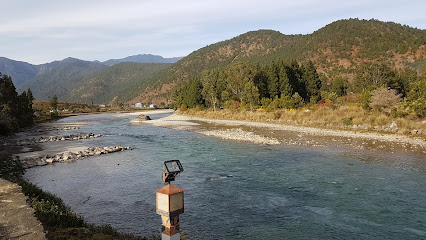
Zhingkham Resort ཞིང་ཁམས་སྐྱིད་གནས།
0.8 km
Discover tranquility and cultural richness at Zhingkham Resort, a serene getaway in Bhutan's breathtaking Punakha Valley.

Dhumra Farm Resort
0.9 km
Experience the enchanting beauty and serene tranquility of Dhumra Farm Resort, a luxurious escape into the heart of Bhutan's majestic landscapes.

Pho chhu
1.7 km
Experience breathtaking views and adventure at Pho Chhu Suspension Bridge, an iconic river port in Punakha, Bhutan, surrounded by stunning landscapes.

Damchen Resort
3.8 km
Discover tranquility and adventure at Damchen Resort, a stunning retreat in Khuruthang, Bhutan, blending luxury with breathtaking natural beauty.

Khuru Resort
4.1 km
Discover tranquility and adventure at Khuru Resort in Bhutan's beautiful Punakha district, where nature and culture intertwine for an unforgettable experience.
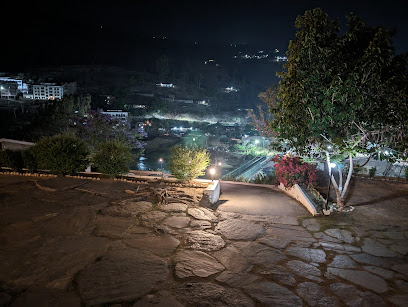
Thuji Homestay
4.5 km
Experience Bhutanese culture and breathtaking Himalayan views at Thuji Homestay in Punakha, a perfect blend of hospitality and tradition.
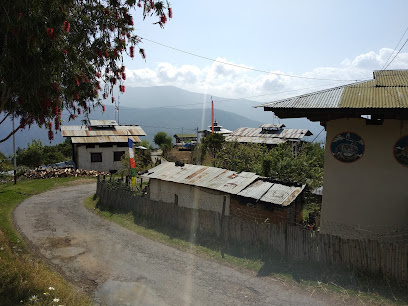
Kunzang Zhing Resort
5.0 km
Experience the tranquility of Kunzang Zhing Resort, nestled in the heart of Bhutan's picturesque landscapes, perfect for relaxation and adventure.

Seo Drangsa, Laptsakha
5.1 km
Experience the serene beauty and rich culture of Seo Drangsa in Laptsakha, Bhutan, a perfect getaway for relaxation and adventure.
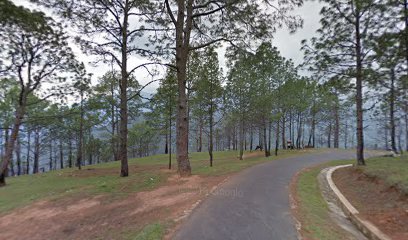
Dhensa Boutique Resort
5.2 km
Experience the serene luxury of Dhensa Boutique Resort, where traditional Bhutanese hospitality meets stunning natural beauty.

Talo Goenpa
5.3 km
Discover the tranquility of Talo Goenpa, a breathtaking monastery in Punakha, Bhutan, showcasing rich culture and stunning natural landscapes.
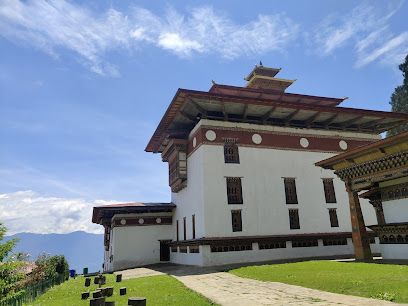
Wolakha Nunnery
5.5 km
Discover the tranquility of Wolakha Nunnery, a serene Buddhist temple in Bhutan, where spirituality and stunning landscapes come together.
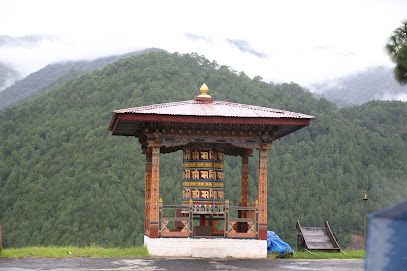
Sangchhen Dorji Lhuendrup Lhakhang Nunnery
5.5 km
Discover the serene beauty and spiritual richness of Sangchhen Dorji Lhuendrup Lhakhang Nunnery in the enchanting hills of Walakha, Bhutan.
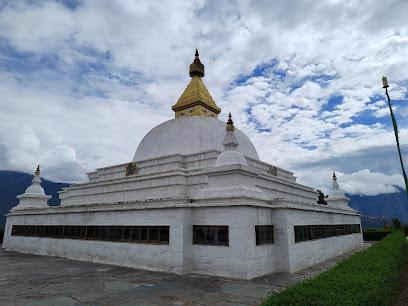
Chimi Lhakhang Village Homestay
6.6 km
Discover the heart of Bhutanese culture at Chimi Lhakhang Village Homestay, where hospitality meets stunning landscapes and rich traditions.
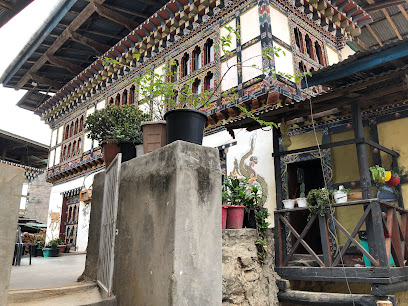
Mochu Rafting Point
7.2 km
Experience the thrill of white-water rafting at Mochu Rafting Point, where adventure meets the breathtaking beauty of Bhutan's landscapes.
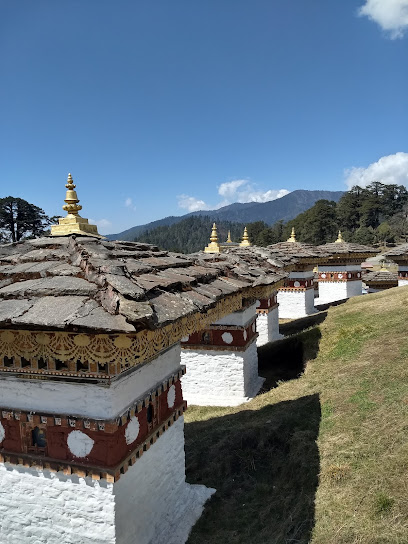
Unmissable attractions to see
Punakha Dzong View Point
0.3 km
Experience breathtaking views and rich cultural heritage at Punakha Dzong View Point, a serene escape in Bhutan's stunning landscape.
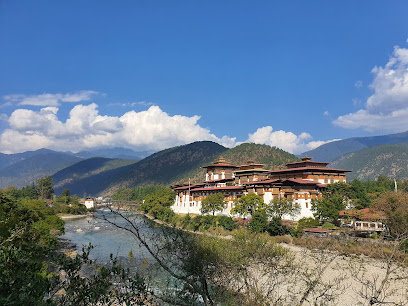
Changyul Galem House
0.9 km
Explore the historical and cultural essence of Bhutan at Changyul Galem House, a serene site in Punakha that showcases traditional architecture and local heritage.
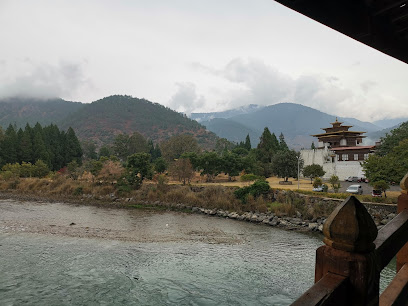
Suspension Bridge, Punakha
1.0 km
Experience breathtaking views and cultural significance at the Suspension Bridge in Punakha, one of Bhutan's longest and most iconic landmarks.
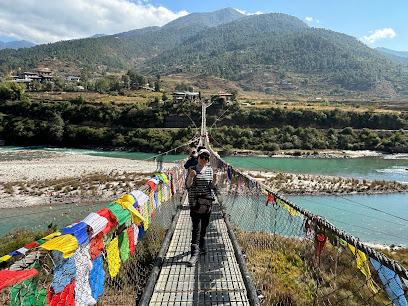
Punakha Suspension Bridge
1.0 km
Explore the breathtaking Punakha Suspension Bridge, Bhutan’s architectural gem offering stunning views and a glimpse into local culture.
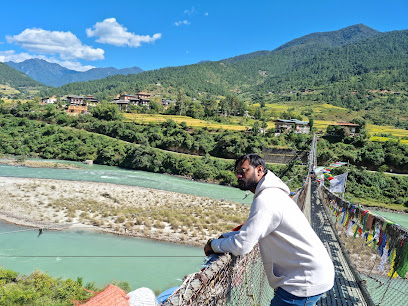
Druk Rafting Service
1.2 km
Experience the thrill of rafting in Bhutan with Druk Rafting Service, where adventure meets stunning natural beauty.
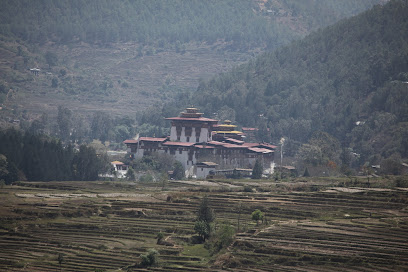
Zomlingthang camping
2.3 km
Experience the tranquility of nature at Zomlingthang Camping in Punakha, Bhutan - a perfect blend of adventure and serenity amidst breathtaking landscapes.
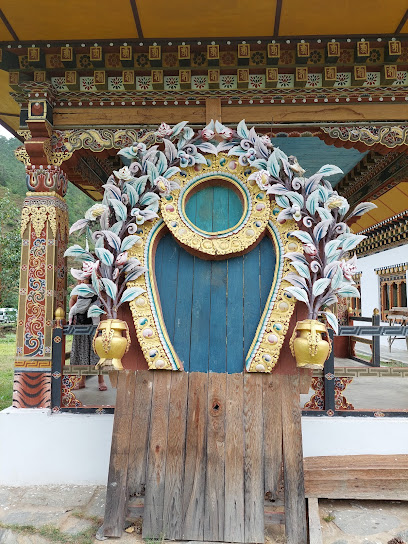
Riverfront Punakha
2.3 km
Discover the breathtaking landscapes and serene ambiance of Riverfront Punakha, a tranquil park in Bhutan's picturesque Punakha Valley.
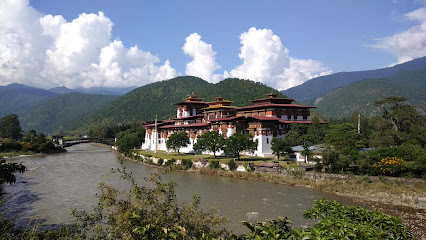
Khuruthang
3.5 km
Explore the enchanting beauty and rich culture of Khuruthang, a lesser-known treasure in Bhutan's majestic landscape.
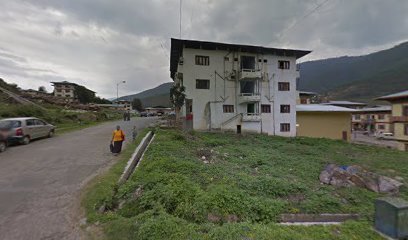
Lingmukha
6.0 km
Discover the breathtaking landscapes of Lingmukha, Bhutan's hidden hiking gem, offering stunning views and an immersive nature experience.
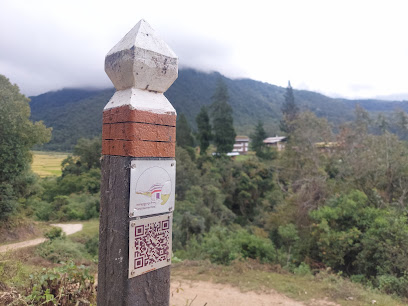
Chimi Lhakhang
6.3 km
Explore Chimi Lhakhang, Bhutan's enchanting fertility temple, nestled in stunning landscapes and rich in culture and spirituality.
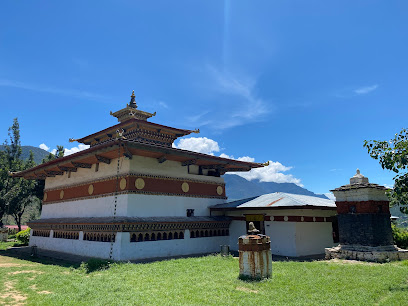
Lotus Adventures - Rafting
6.8 km
Experience the thrill of rafting at Lotus Adventures in Punakha, where nature and adventure meet in breathtaking Bhutan.
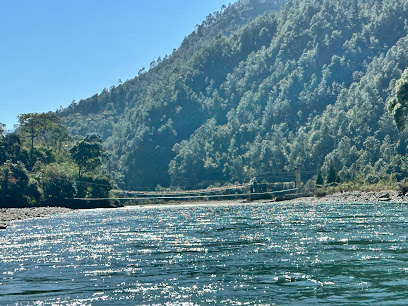
Kuenga Hot Stone Bath
6.9 km
Discover tranquility and wellness at Kuenga Hot Stone Bath, where traditional Bhutanese bathing rituals meet stunning natural landscapes.
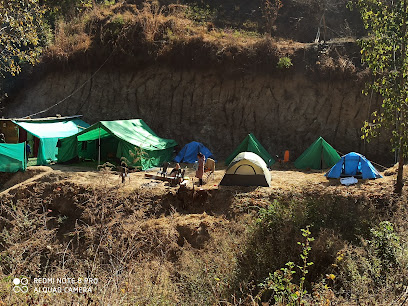
Mendrelgang zimchung
7.2 km
Discover the serene beauty and rich culture of Mendrelgang Zimchung, a hidden gem nestled in the heart of Bhutan's majestic Himalayas.

Khamsum Yulley Namgyal Choeten
7.7 km
Discover the serene Khamsum Yulley Namgyal Choeten, a stunning stupa offering breathtaking views and rich cultural experiences in Bhutan's Punakha Valley.
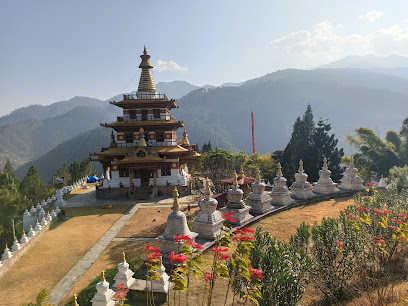
Omley Tshozhaw
8.1 km
Explore the tranquil beauty of Omley Tshozhaw, an artificial lake in Mendrelgang perfect for wildlife enthusiasts and nature lovers alike.
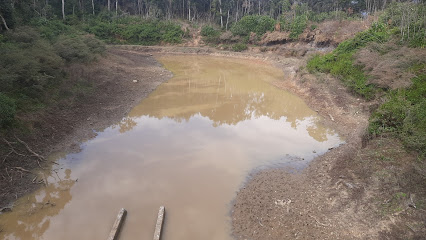
Essential places to dine
YEZOR RESTAURANT
0.3 km
Experience authentic Bhutanese cuisine at Yezor Restaurant in Punakha Old Town - where every meal is a journey into local flavors.
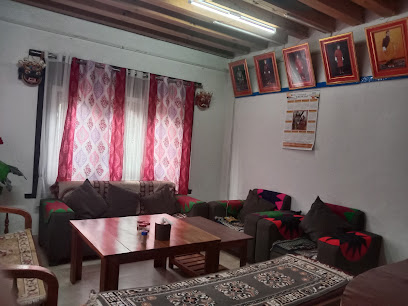
MAGIC OVEN RESTAURANT
0.3 km
Experience authentic Bhutanese flavors at Magic Oven Restaurant along the breathtaking Punakha-Thimphu Highway.
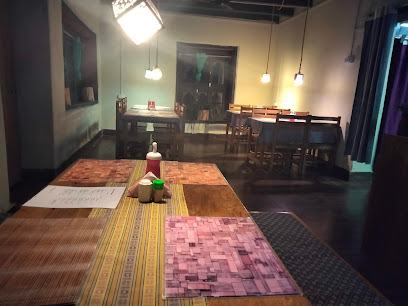
Momo Hut
0.3 km
Experience authentic Bhutanese flavors at Momo Hut in Punakha, where every bite tells a story.

Mochuphakha Restaurant
0.3 km
Discover authentic Bhutanese cuisine amidst stunning landscapes at Mochuphakha Restaurant on Punakha-Thimphu Highway.
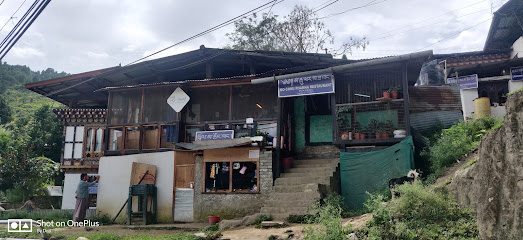
Changyul BridgeSide Restaurant
1.0 km
Experience authentic Bhutanese flavors at Changyul BridgeSide Restaurant, set against breathtaking views in Punakha.
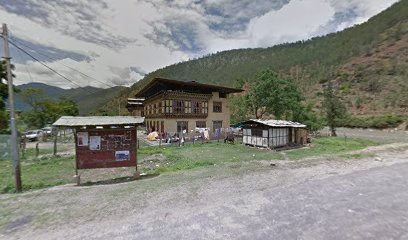
Tea and coffee shop
1.0 km
Discover a cozy tea and coffee haven in Punakha offering local brews amid stunning Himalayan scenery.
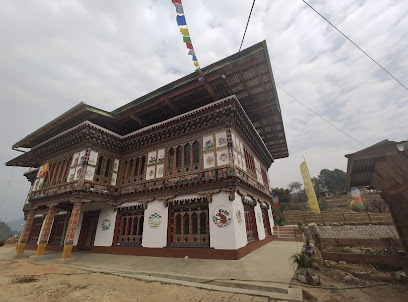
Bridge view resturant
1.0 km
Discover authentic Bhutanese cuisine with breathtaking views at Bridge View Restaurant in Punakha, near one of Bhutan's longest suspension bridges.
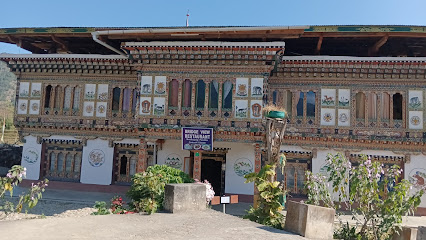
Babee Restaurent
2.0 km
Experience authentic Bhutanese flavors at Babee Restaurant in Punakha – where every dish tells a story.
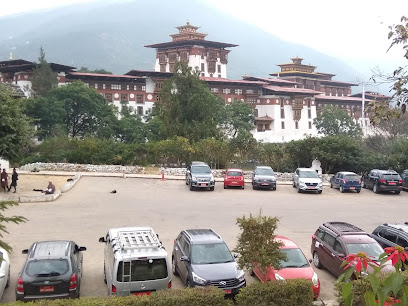
CREATIVE RESTAURANT AND BAR
2.0 km
Experience delightful family dining at Creative Restaurant and Bar in Punakha—where local flavors meet international cuisine in a cozy atmosphere.
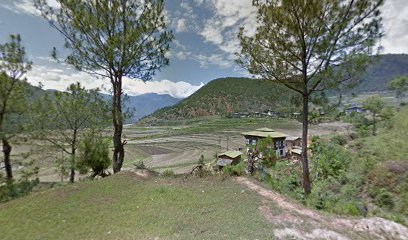
Beda pizza
2.0 km
Discover Beda Pizza in Punakha: A culinary delight blending local flavors with traditional pizza artistry amidst stunning landscapes.
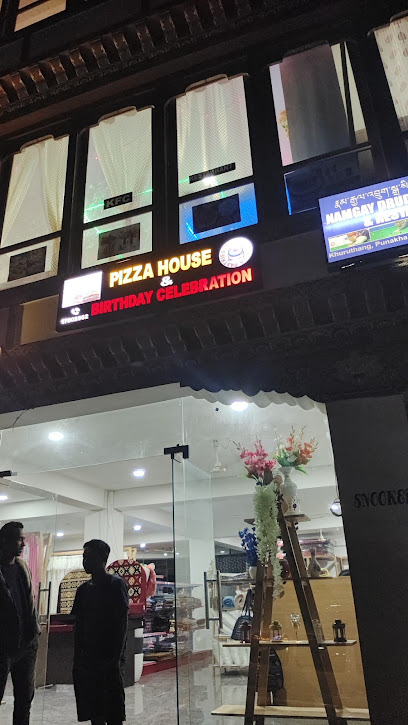
Digital by st
2.0 km
Experience authentic Bhutanese cuisine with exquisite small plates at Digital by st in the scenic town of Punakha.
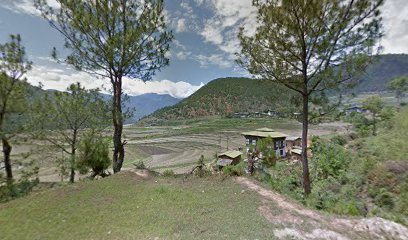
MERENGMA' Bistro
2.1 km
Experience the best of Bhutanese cuisine at MERENGMA' Bistro in Khuruthang—where local flavors meet modern dining.
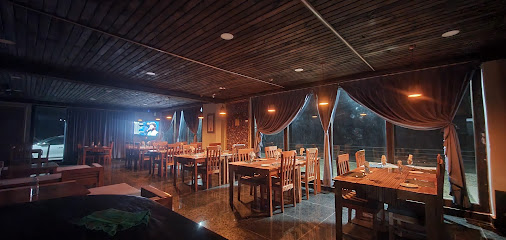
MERENGMA' Bistro & Bar
2.1 km
Discover the flavors of Bhutan at MERENGMA' Bistro & Bar - where local ingredients meet global cuisine in a warm and inviting atmosphere.
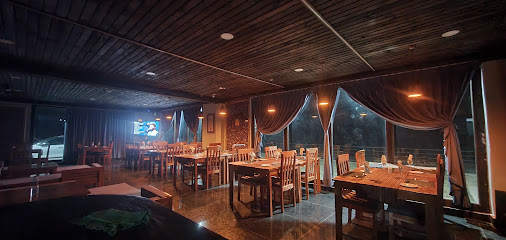
Hotel Chicken Dinner
2.4 km
Discover unparalleled comfort and exquisite dining at Hotel Chicken Dinner in Khuruthang - where hospitality meets culinary excellence.
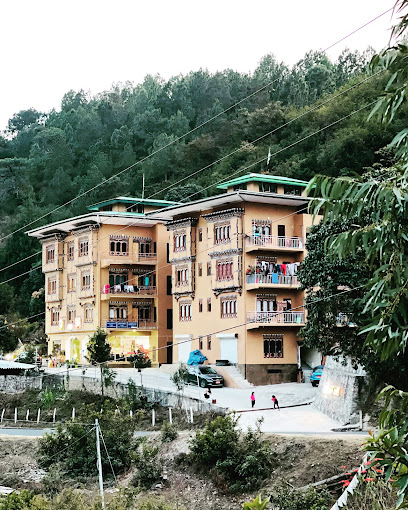
Kuenga Restaurant
3.4 km
Discover authentic Bhutanese flavors at Kuenga Restaurant in Khuruthang - a must-visit culinary gem for every traveler.
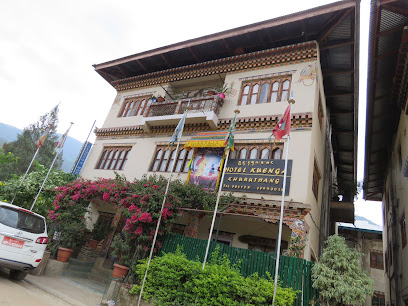
Markets, malls and hidden boutiques
YiGa Chocolate Punakha 01
0.3 km
Explore the delightful world of chocolate at YiGa Chocolate in Punakha, where local flavors and artisanal treats await every traveler.
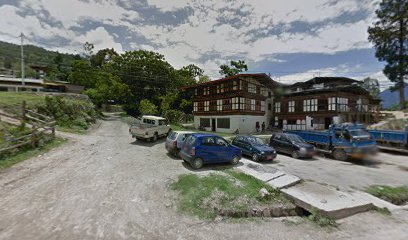
Two Brothers Cafe
1.1 km
Discover the serene ambiance and delightful coffee at Two Brothers Cafe in Punakha, a must-visit for every traveler seeking relaxation and culture.
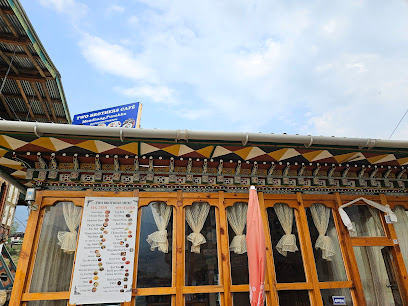
Dorji Grocery and Bar
2.0 km
Discover the heart of Bhutanese culture at Dorji Grocery and Bar in Punakha, where local flavors and community spirit come together.
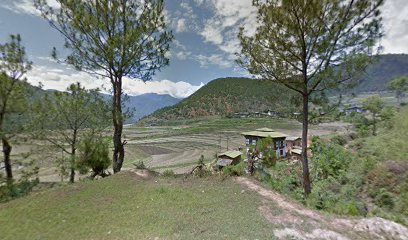
Lekithang, Punakha District Administration Store
2.0 km
Explore Lekithang in Punakha for authentic Bhutanese crafts and cultural treasures that make perfect souvenirs.
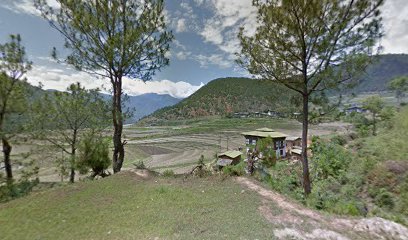
Kinley Dorji
2.0 km
Experience exceptional eye care at Kinley Dorji, the leading optician in Punakha, enhancing your vision as you explore Bhutan's natural beauty.
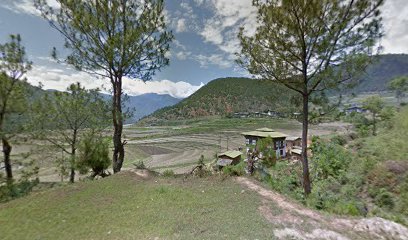
Woolen, silk and buray cloths
2.0 km
Explore Bhutanese culture through exquisite textiles at Woolen, Silk, and Buray Cloths in the picturesque Punakha.
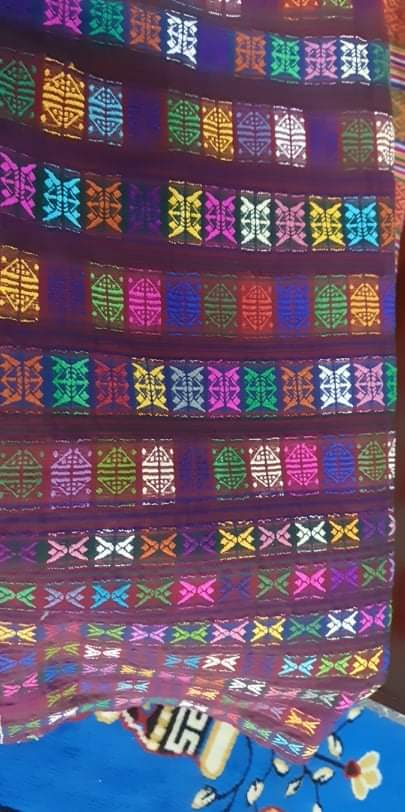
Pema General Shop
2.3 km
Experience the authentic essence of Bhutan at Pema General Shop in Punakha, where local culture meets everyday essentials.
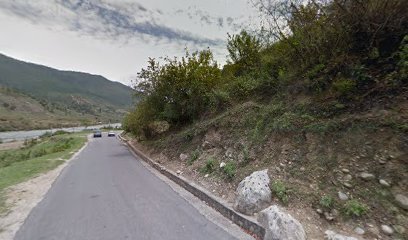
Organic Flour and Oil
2.3 km
Explore the heart of Bhutanese organic culture at Organic Flour and Oil in Khuruthang, where quality meets sustainability in every product.

Khuruthang, Punakha
3.5 km
Explore the enchanting town of Khuruthang in Punakha, Bhutan - where culture meets stunning natural beauty and warm local hospitality.
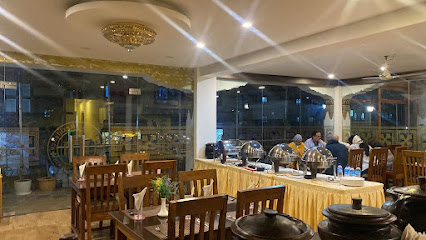
Euthra General Shop
3.5 km
Discover authentic Bhutanese culture at Euthra General Shop in Khuruthang, featuring local handicrafts, snacks, and essential goods.
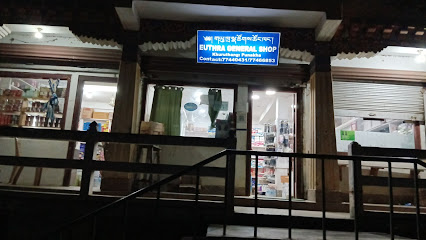
S to S General Shop
3.5 km
Explore authentic Bhutanese culture at S to S General Shop in Khuruthang, where unique local products and warm hospitality await.
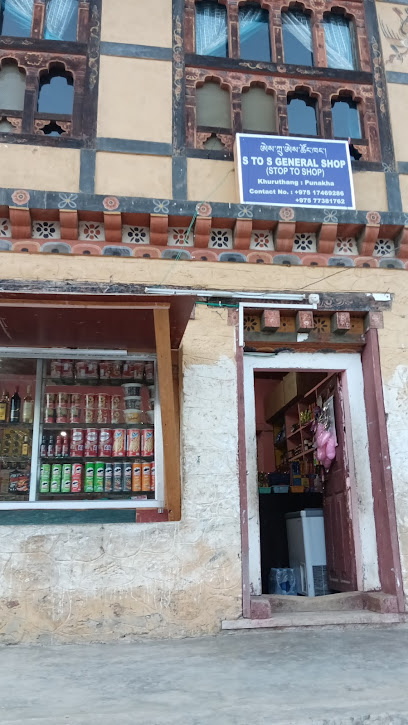
NAMGAY ZAM MINI MART
3.6 km
Explore the vibrant flavors of Bhutan at Namgay Zam Mini Mart, your go-to Asian grocery store in Khuruthang, offering local delicacies and unique ingredients.
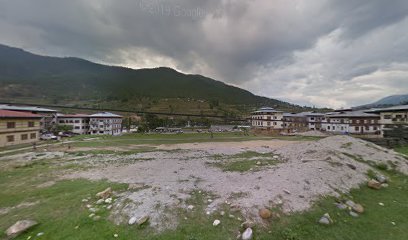
Sonam Lhatu Grocery Shop
3.6 km
Discover the essence of Bhutanese culture at Sonam Lhatu Grocery Shop, where local flavors meet friendly service in Khuruthang.
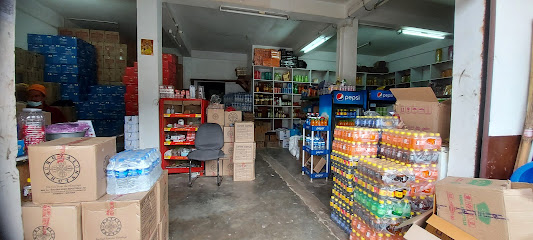
Punakha Sales
3.6 km
Explore the vibrant offerings of Punakha Sales, a local general store in Khuruthang, where authentic Bhutanese goods and warm hospitality await.
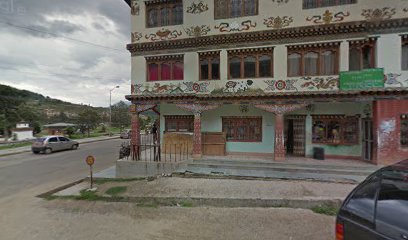
Eksa Electronics
3.6 km
Discover quality home electronics at Eksa Electronics in Khuruthang – perfect for travelers seeking essentials and unique finds.
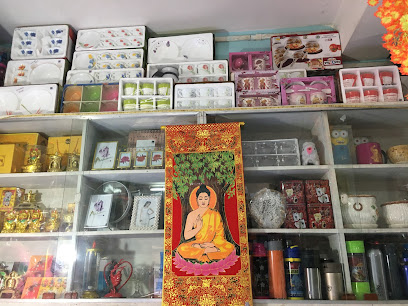
Essential bars & hidden hideouts
Ugyen bar
2.0 km
Experience the vibrant atmosphere of Ugyen Bar in Punakha, where local spirits and warm hospitality meet Bhutanese culture in a unique setting.
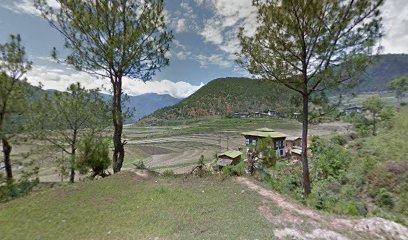
Khuruthag
3.5 km
Experience the vibrant atmosphere and local flavors at Khuruthang's premier bar, a perfect spot for relaxation and socializing.
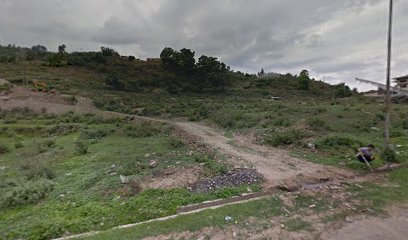
Leki restaurant, khuruthang
3.6 km
Unwind in the heart of Khuruthang at Leki Restaurant, where local flavors meet a vibrant bar atmosphere.
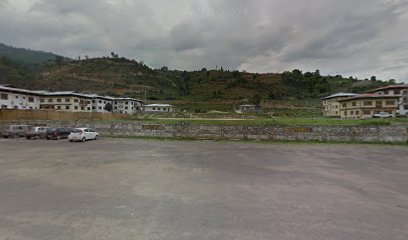
Vintage Cafe
6.7 km
Savor authentic Bhutanese flavors in a cozy, vintage setting at Vintage Cafe, a culinary gem in the heart of Punakha.
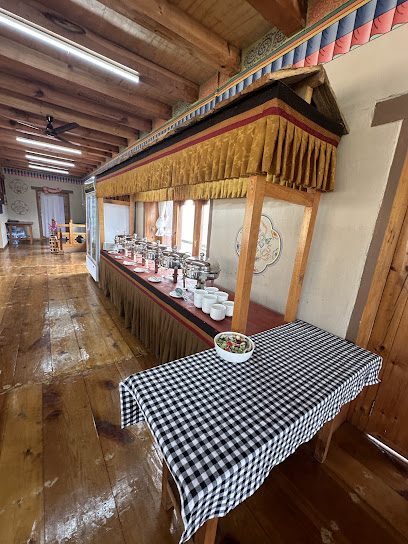
Chimi Lhakhang Organic Cafe
6.7 km
Discover the flavors of Bhutan at Chimi Lhakhang Organic Cafe, where organic ingredients meet traditional cuisine in a serene setting.
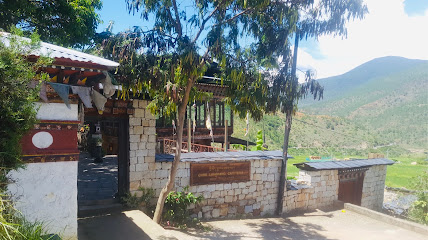
Ku-Kham House
6.8 km
Experience the flavors of Bhutan at Ku-Kham House, where local ingredients meet authentic culinary traditions in a warm and inviting atmosphere.
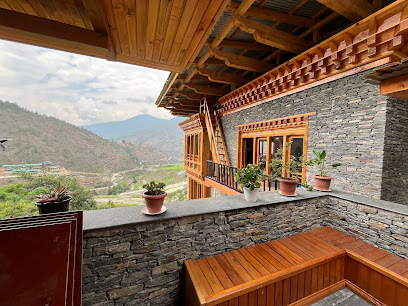
ST Restaurant
7.6 km
Experience authentic Bhutanese flavors at ST Restaurant, a delightful bar in Lobesa - Metsina, perfect for travelers seeking culture and comfort.
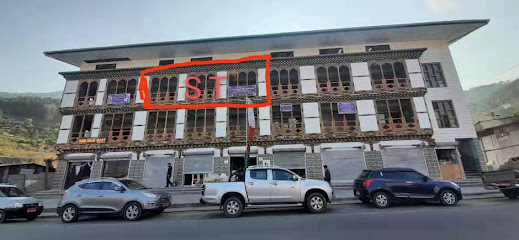
DAZA Restaurant & BAR
8.4 km
Experience the taste of Bhutan at DAZA Restaurant & BAR, where local flavors meet international cuisine in a vibrant setting.
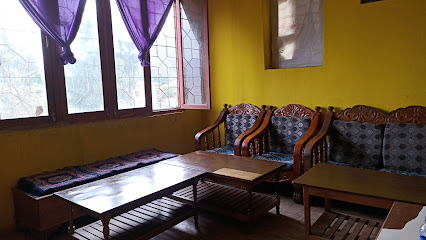
Himalayan Bar
8.6 km
Discover the Himalayan Bar in Thinyelgang, where local culture meets breathtaking views and a vibrant social scene.
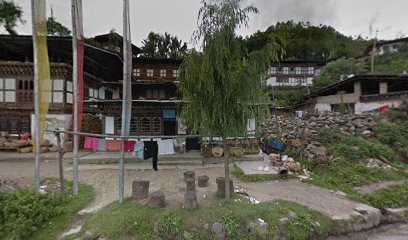
ACHO DAKA
8.9 km
Discover the authentic flavors of Bhutan at ACHO DAKA, where every dish is a celebration of local culinary traditions in a breathtaking setting.
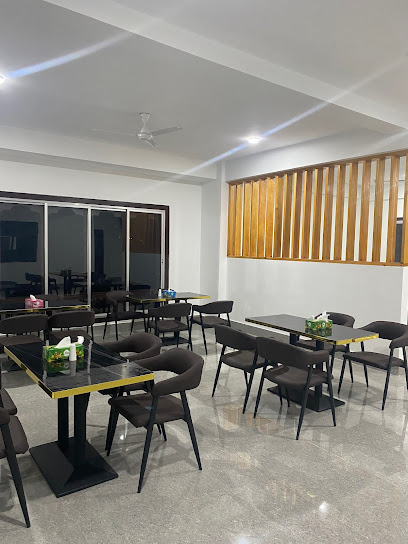
Pemaling Restaurant and Bar (SOM)
9.2 km
Discover the rich flavors of Bhutan at Pemaling Restaurant and Bar, where authentic cuisine meets breathtaking Himalayan views.
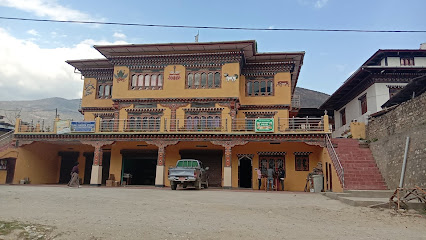
Kaka General Shop & Bar
9.6 km
Discover the rich flavors and vibrant atmosphere of Punakha at Kaka General Shop & Bar, a local favorite for drinks and cultural immersion.
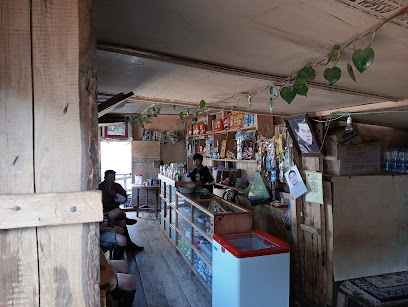
Phendey Restaurant & Bar
10.1 km
Experience authentic Bhutanese cuisine and warm hospitality at Phendey Restaurant & Bar, a culinary jewel in Bhutan's vibrant landscape.
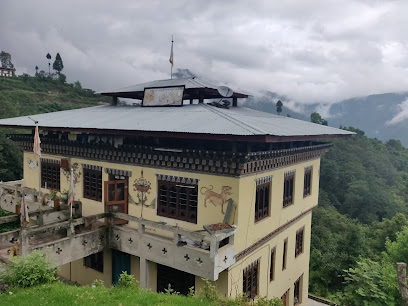
Punatshangchhu cottages
10.3 km
Experience authentic Bhutanese cuisine and serene landscapes at Punatshangchhu Cottages, the perfect blend of relaxation and local culture.

Bangchung Restaurant, Bajo Town
10.4 km
Experience the authentic flavors of Bhutan at Bangchung Restaurant, a cozy spot in Bajo Town specializing in delightful small plates.
